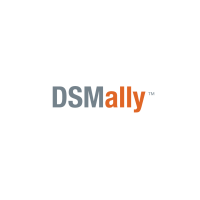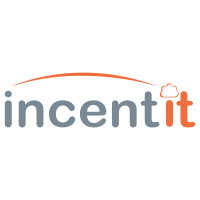Home Energy Rebate Programs – New Features Expected from Program Management Platforms

Posted On: February 29, 2024
As part of the Inflation Reduction Act of 2022, the US federal government allocated $8.8 billion for Home Energy Rebates. The purpose of this substantial investment is to assist homeowners in their pursuit of home energy savings and home electrification. State energy offices have been tasked with managing Home Energy Rebates. With assistance from the US Department of Energy and Pacific Northwest National Laboratory, state officials have spent the last year planning and designing. Now, as we enter 2024, the focus has shifted to mobilization and deployment. Because of differences the IRA funded Home Energy Rebates has with traditional utility sponsored programs, the program management platform that underlies the deployments must include new features. Let’s discuss a few that stand out.
Application Programming Interface (API): The selected deployment partner(s) must have demonstrated experience with integrating APIs. There are multiple programmatic touchpoints, and a smooth rollout will benefit if the program management platform has a preexisting API of its own that is already being utilized. Those touchpoints include, but aren’t necessarily limited to, a customer pre-application portal, a pre-qualification repository, a mobile app installation notification, a payment system, and the program evaluation system. Some existing platforms offer an API and some providers have experience integrating APIs, but that won’t always be the case so state energy office officials will benefit from vetting these considerations.
Pre-Application Portal: Whereas traditional utility programs initiate a claim after the event occurs, Home Energy Rebates will initiate the claim through a pre-application portal. The pre-application enables pre-qualification of the homeowner based on certain specified criteria such as their income level, chosen contractor, availability of funds, previous participation, etc. Additionally, the pre-application process will gather assessment data on the pre-existing conditions along with enabling rich customer education and attribution for rewarding the rebate. The program management platform must offer an easy to use web-based and mobile friendly pre-application portal.
Assessment Conditions-Based Energy Impact: The modeled energy savings approach of Home Energy Rebates requires the pre-existing conditions be contemplated in the energy impact reporting. Utilities used to offer insulation and air sealing programs that were assessment conditions-based, but those died off when the utilities determined home audits were no longer cost effective. We are seeing the return of assessment conditions-based programs but now with installed water heating, space heating, and other energy consuming devices. The program management platform must be capable of contemplating this conditions-based formula driven approach.
Paired and Stacked Incentives: Pairing and stacking incentives is where there is more than one incentive being paid out for a single event. Pairing is where a homeowner rebate is paired with a contractor bonus. There is only one event tied to the energy impact but there are two distinct incentive records that must be processed through. Stacked rebates are where a state energy office partners with a local utility to deliver the program and where the partnering utility agrees to contribute a rebate of their own. In the case of electric cooperatives and municipal utilities, it’s possible up to three stacks are necessary if the electric wholesaler or generating utility also contributes. The program management platform must be able to accommodate both paired and stacked incentives.
Mobile App Installation Notification: Home Energy Rebates is requiring proof of installation through geo-tagged photo evidence and possibly a homeowner e-signature. This mobile based installation notification can also capture the homeowner pre-approval code and link that to the pre-application record, as well as collect other useful data such as equipment details, start-up/QI data, and photos of the customer invoice and load calculation summary sheets. The program management platform must offer a mobile app and manage a feed between the iOS/Android device back to the management platform and database.
